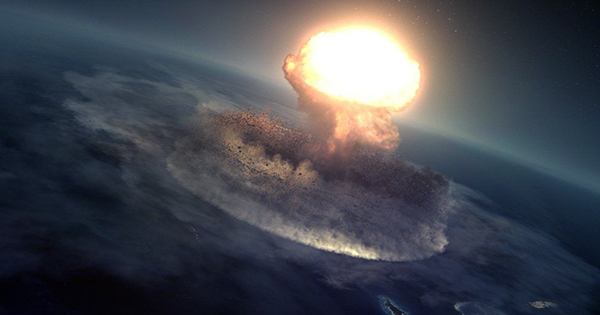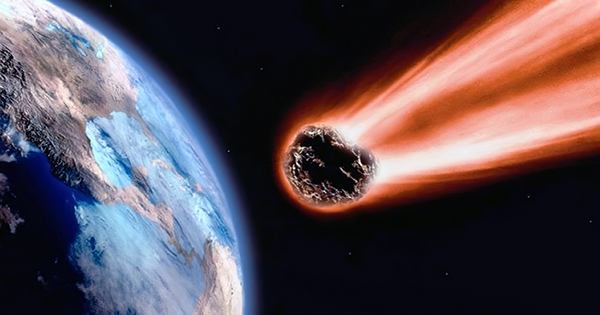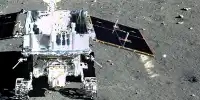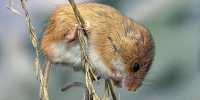The gift that keeps on giving, showing the time of year when the asteroid that created the Chicxulub Crater slammed the Earth, is arguably the most astounding fossil discovery ever discovered. The study may provide light on the causes that permitted only a quarter of living species to survive while the rest perished. student Robert DePalma and colleagues surprised the globe when they announced the discovery of a pair of fossils that looked to have perished on the day of the hit. Despite how implausible the discovery appeared, it backed up several lines of evidence.
The location, which is near Tanis, North Dakota, has seen more investigation. DePalma is now the first author of a report published in Scientific Reports that reveals the fish, turtles, and dinosaurs buried there was in their optimum development season at the time of the calamity. In other words, the long winter that followed the asteroid’s impact was promptly followed by a spring. A slight shift in schedule may have had a significant impact on the outcome.

The Tanis site was near the shore of the Western Interior Seaway, which previously divided North America, during the end of the Cretaceous period. Seismes (standing waves in confined water bodies) caused by earthquakes triggered by the impact appear to have drowned the fossils deposited there. The region was covered in collision ejecta minutes later. Many of the paddlefish and sturgeon fossils discovered at the site are so fresh that they must have just hatched. DePalma and co-authors conclude that Cretaceous temperate-zone fish died in the spring or early summer, assuming they followed the same seasonal mating cycles as modern fish.
The authors of the article studied the bones of older fish to confirm their findings. Fishbones, like tree rings, keep track of their years of growth. “A black coating of bone develops throughout the spring and summer months as a result of increased food consumption and faster metabolic rate/growth,” according to the study. “During the fall and winter months, a light band with fewer osteons is opposed.” Seasonal variations in oxygen and carbon isotopes are also noticeable.
At Tanis, older fish had bones with a black outer layer with isotopes from the growth season. Analyses of woody plants have come to the same result. If that was not enough, insect behavior at the location is more in line with the warm season than the winter at that latitude.
The writers present even more proof for anyone who is not convinced. Today’s sturgeons frequently spend the winter in saltwater before returning to freshwater in the spring. Their Cretaceous ancestors may have done the same. Tanis mixes sturgeons with fish from families that are strictly freshwater now and were most likely freshwater back then. In the spring, such a tragedy is likely to destroy many more species. Many plants have released their seeds by late autumn, ready to grow the following spring.
If the first warm period occurred a decade later, a handful of these seeds may still be viable, assuring the species’ survival. A squirrel that is fortunate enough to locate not only its own stash of nuts but also those of others, may be able to endure a decade-long winter, as our ancestors did.
As a result, the report speculates that there were fewer extinctions in the southern hemisphere than in the northern, a hypothesis that would require further Gondwana research to confirm. According to DePalma, the findings might “assist us in better preparing for future ecological and environmental threats.”
















